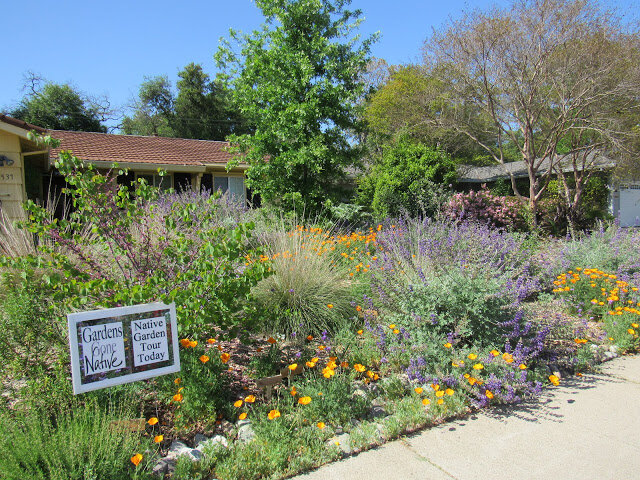Save Water — 5 Simple Hacks to reduce your water consumption
Hello readers, Kyle here to share some of my favorite water-saving tips.
Back in my undergrad days, I traveled to Nicaragua on a service trip. While there, digging holes in the ground to install smoke-free stoves, I learned about water wars. Disputes over water rights in rural areas had led to young men sleeping with machetes (!) next to wells in order to protect their water sources. That mental image has stuck with me ever since and I am eternally grateful to live in a place where with the mere twist of a faucet, clean drinking water fills my glass.
Here in much of the United States, we have grown accustomed to plentiful and clean sources of water. But with climate change and a series of very dry winters, 74% of California is in an “exceptional” drought, the worst condition on the drought scale. It’s time to get serious about water usage. Here are 5 hacks to reduce your consumption.
If you have a dishwasher — use it
The NRDC writes that you can save up to 24 gallons (!) of water with each round of dishes if you use an Energy Star dishwasher versus hand-washing your dishes. As minimalists living in a small home, we actually don’t have enough dishes to support a dishwasher lifestyle, so it may not apply to all readers. But for the household out there with plenty of dishes, put down the sponge and utilize the dishwasher. Experiment to see if your dishes still get clean by a.) just scraping food off your plate and avoiding the rinse or b.) try using the “short wash” setting and see if it works for your regular cleaning needs.
When hand-washing pots and pans — soap and scrub all at once (with water off!) then rinse. Before “closing up” the kitchen for the night, use a bowl to catch water from rinsing your last dishes, and use that water to dip and rinse your sponge to wipe down your surfaces. This rinse water then gets reused to rinse the sponge, rather than turning on the faucet.
shower power, throttle back
Do you have a shower head that uses a ton of water? There’s good news — you don’t need to replace the entire head. You can simply install a flow control device that sits between the shower head and the neck. Keep your flow on medium for your shower, and turn it off entirely while you soap and shave (military-shower-style). The benefit of the restrictor means that the hot water is still there, ready for you as soon as you want to rinse (rather than turning off the shower completely and having to reboot the hot water heater).
My husband Will and I live in a rental with a shower head that used sooooo much water that it felt wrong, not to mention it ran through our hot water supply super quickly. We installed one of these flow control devices last fall and now we use a much more reasonable amount of water for each shower, and as a bonus, we never run out of hot water.
shampoo weekly, Rinse daily
Embrace the no-shampoo movement and experiment with shampooing your hair less frequently. Doing so requires a bit of a transition period, and you’ll have to embrace the natural texture and oil of your hair, rather than the squeaky clean feeling that conventional shampoo has conditioned us to think is “clean”. If you need that daily shower, skip washing your hair, and keep your rinse extra short. I like to turn it into a game — I put on my favorite 4-min song and race to finish showering before the song ends.
DIY water-efficient toilet
To use less water with each flush the age-old advice was to place a brick in your toilet tank. But the brick can actually crumble over time and damage your plumbing. Instead, grab a medium plastic container (ideally from your recycling pile….hello old oat milk jug), fill it with water, cap it, and place in your toilet tank. So easy! And this is an alternative approach to teaching your entire household a “yellow-let-it-mellow” strategy. You are automatically granting less water to each flush, and since more likely it is yellow, it should work great. In the case it’s a brown-flush-it-down situation, you may have to give it a double flush.
Let your garden grow … wild.
What happens if you let the land take back parts of your garden? There are some beautifully landscaped yards out there that utilize native plants and require less water and general maintenance. Maybe this year is the year to transition to a native garden. Let your non-natives perish in the heat, and see what naturally takes hold in your space. One of my favorite quotes from Richard Powers’ The Overstory, “Civilized yards are all alike. Every wild yard is wild in its own way.” It never hurts to post a sign, letting your neighbors know that the garden atrophy is intentional. Maybe you will inspire some neighbors to do the same!



